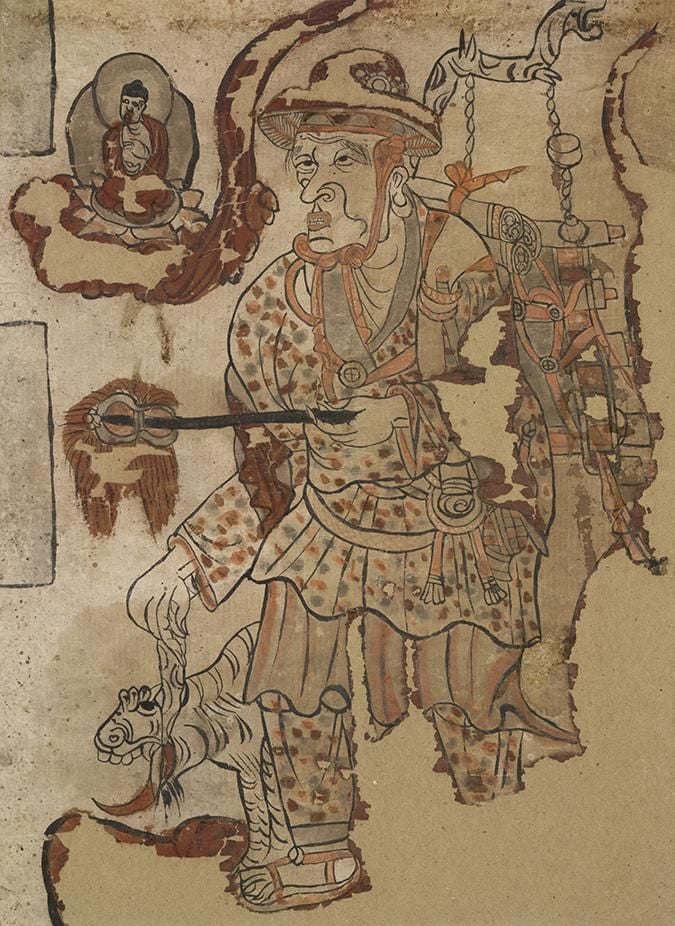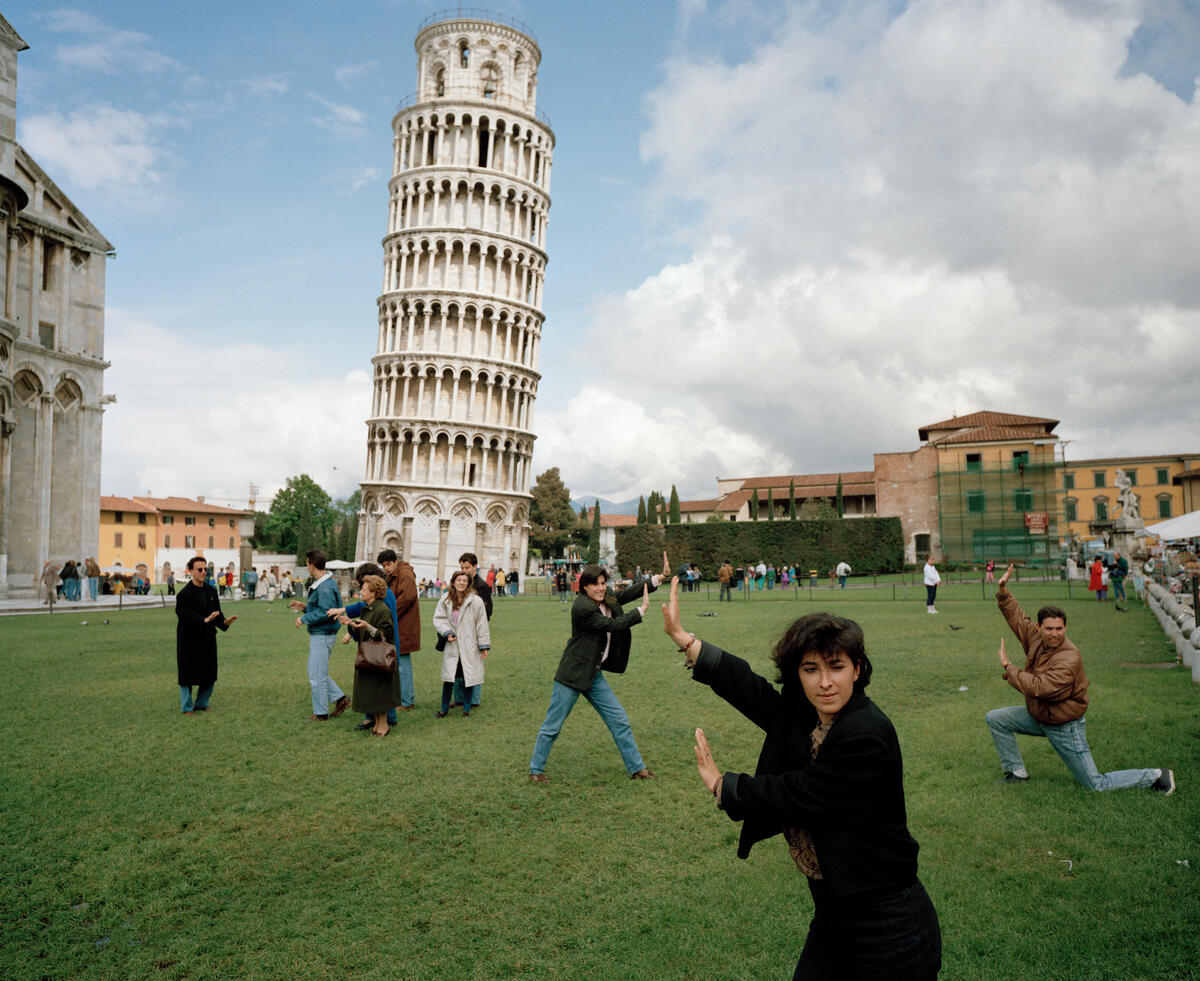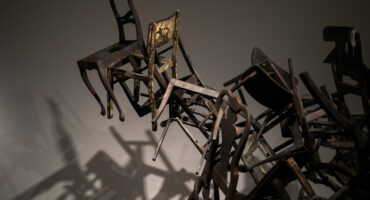The Art of Travel
The contemporary philosopher Alain De Botton’s book The Art of Travel (2002) considered our compulsion to travel, how it calls to some of our most basic wants – curiosity, inspiration, chance, adventure, whilst also bringing with it potential anxiety. Sometimes the anticipation of a holiday can bring more joy than the reality. The month of August is the height of summer holiday season, when many of us get itchy feet, experience a restlessness, and need to have a break from our usual routine. We turn to look at how and why artists have been impacted by travel in their work, how it can act as a catalyst for new projects, how a shift of viewpoint can breathe life into the creative process. What are the reasons why humans move relentlessly around our planet? As the Roman Stoic philosopher Seneca famously wrote: “travel and change of place impart new vigour to the mind”.
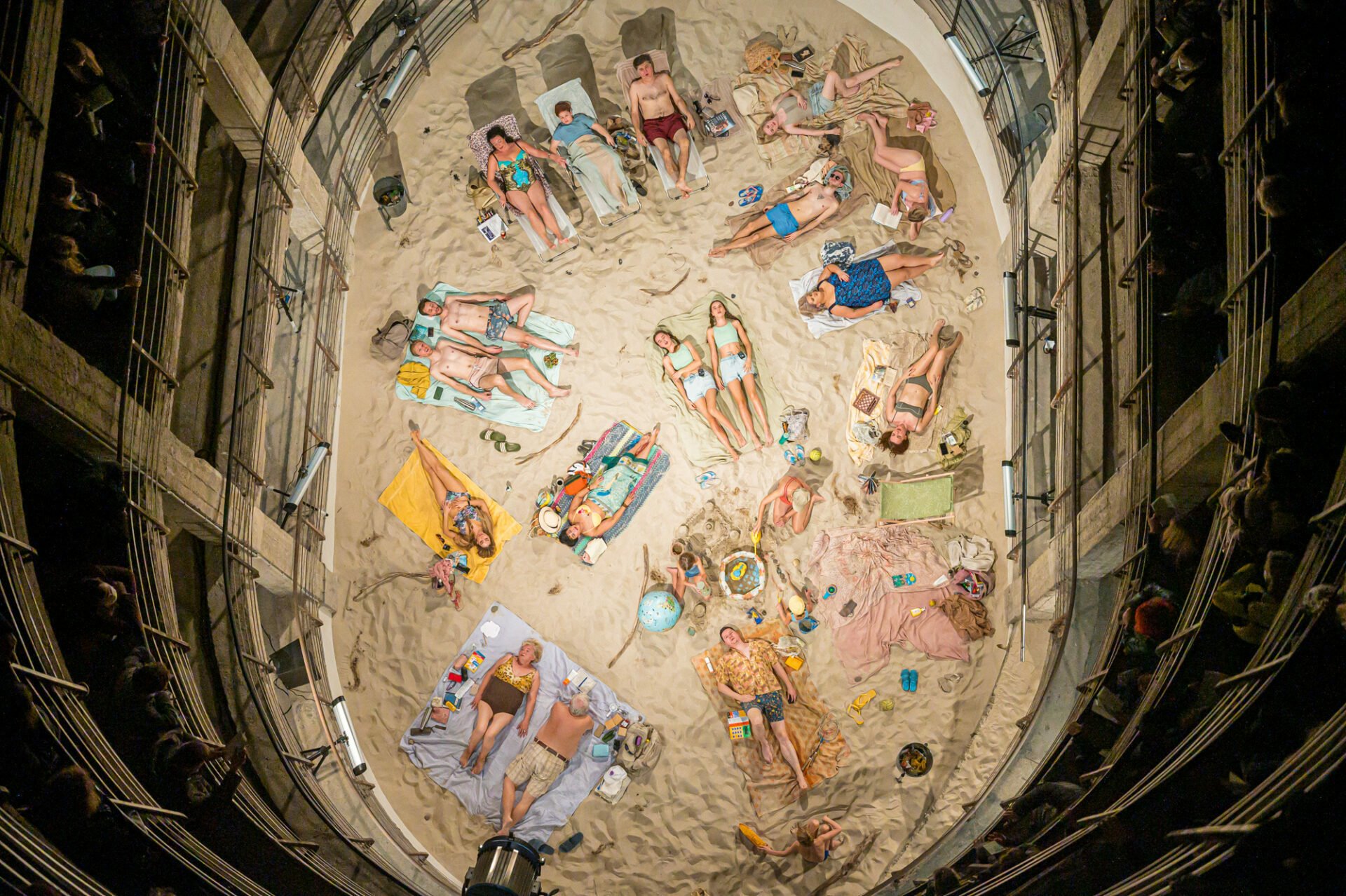
The classic ‘summer holiday’ experience, which began in earnest with cheaper air travel and package holidays from the mid-1960s onwards, was most eloquently captured in Sun and Sea (Marina), which debuted at the Lithuanian Pavilion at the Venice Biennale in 2019 winning the Golden Lion for Best National Participation, and has gone on to be performed across the world. The opera-performance takes place on an artificial beach, the quotidian and often humorous concerns of the characters are presented in stark contrast to the collective, eminent dangers of climate change. The British photographer Martin Parr has made a career from capturing images at seaside resorts and tourist destinations, playfully presenting an alternative vision of ordinary people at leisure or the pursuit of cultural experiences.
The Magazine
Recent Posts
-
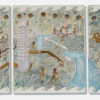
A Practice of Resistance: Elif Uras’s Earth in their Hands
Solo Exhibition at Galerist, Istanbul 16 Sept t... -
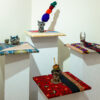
Textile & Clay: Ancient to Contemporary Testimonies
.... -

Embroidery and Existence: Majd Abdel Hamid on Art and Identity
... -

Material Witnesses Commissions: Afsoon
... -
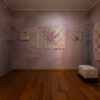
Material Witnesses Commissions: Lydia Delikoura
...
Since the earliest of times, groups of people have travelled across large expanses of the globe. Pilgrimage to holy sites such as Mecca in Saudi Arabia, Lourdes in France or Varanasi in India has been a pursuit of thousands–a once in a lifetime experience, and certainly a journey intended to impart ‘vigor to the mind’ as well as an intense strain on the body. Artist Ahmed Mater has spent the last decade documenting Mecca in his Desert of Pharan photography series, illuminating the rapid changes in the urban fabric of the city as it accommodates upwards of three million visitors annually, and speaks of the positive force for change across Saudi Arabia as it opens to mass tourism, as a replacement to its oil economy.
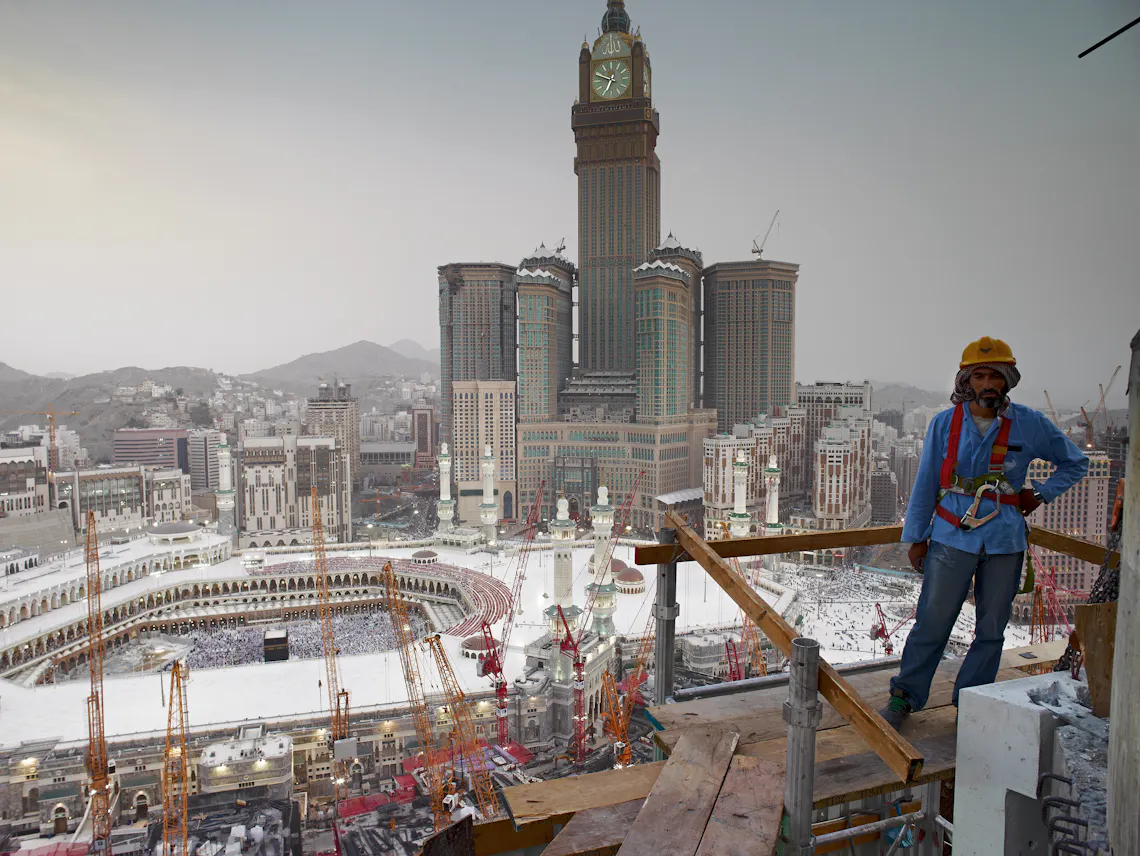
Trade and exploration were other galvanising factors in the pursuit of travel in the past millennium and responsible for the beginnings of cosmopolitan mixing of cultures that is so familiar to us today. The Venetian Marco Polo (1254-1324), a merchant and explorer, documented his travels along the Silk Road (a complex system of trade routes that connected the Mediterranean with the East, named by a German cartographer Ferdinand Richthofen in 1877) in a travelogue, including nearly twenty years he spent living in China. He brought knowledge of woodblock printing back to Italy from China, as others exchanged techniques and materials to aid the production of porcelain.
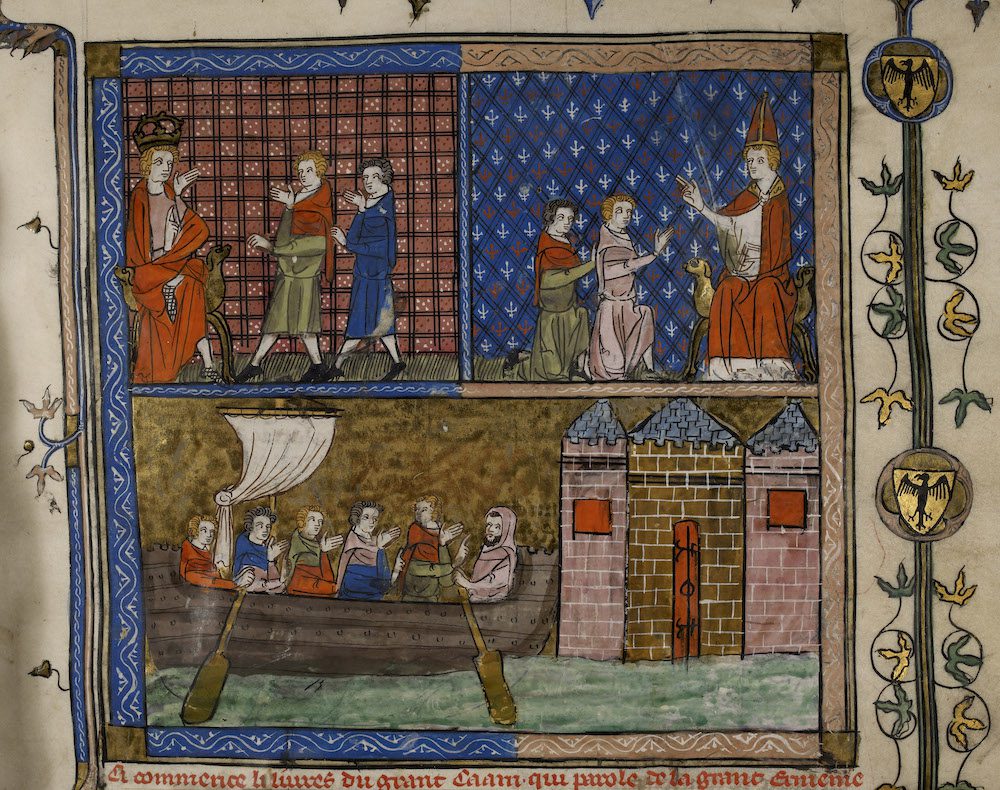
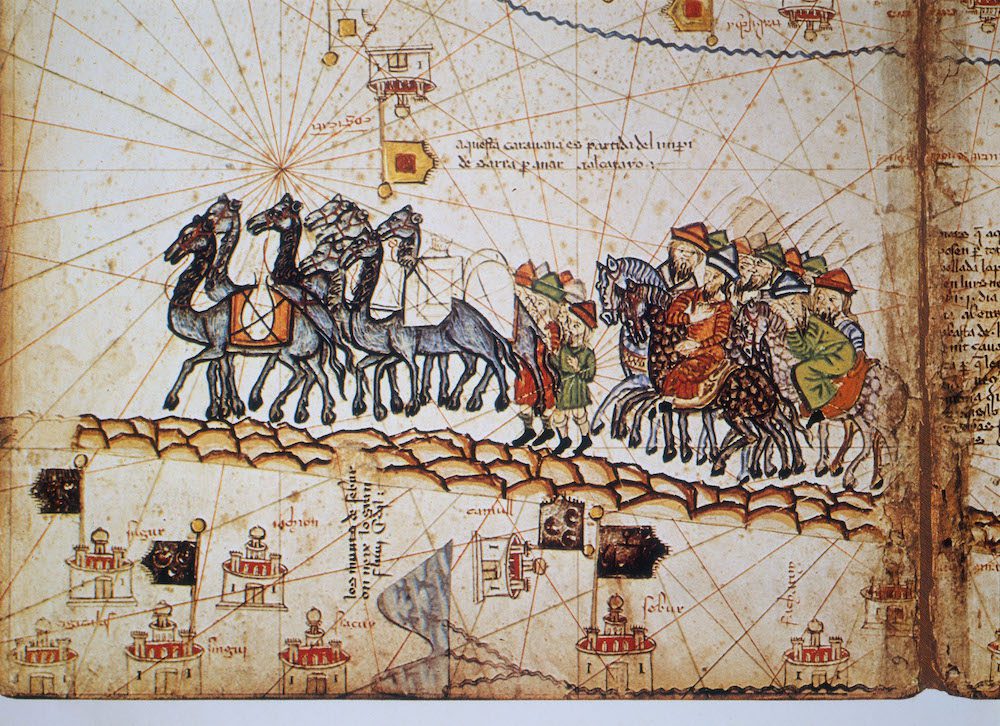
Utagawa Hiroshige immortalised his 1832 trip along the Tōkaidō, the most important and heavily travelled of the five major routes across Japan. He created more than twenty series of Fifty-Three Stations along the Tōkaidō, featuring designs of the lively activities and magnificent landscapes he witnessed and reimagined in his prints, which gave people throughout Japan access to images of sights and events that most had not experienced.

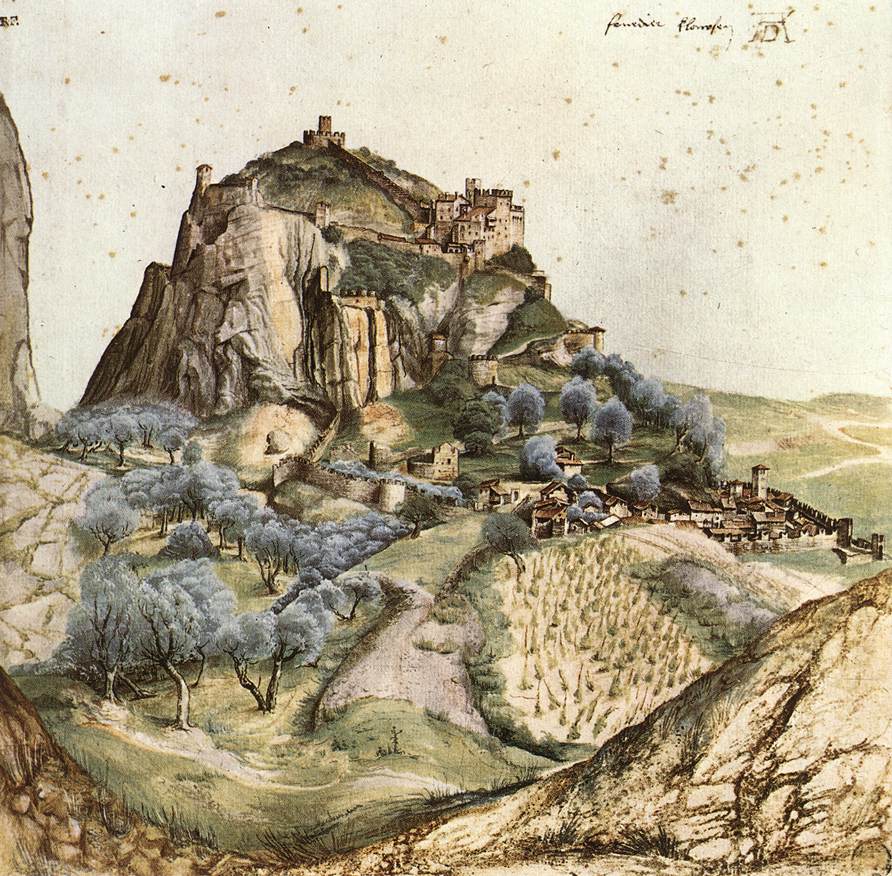
As a result of travel, artists skills and subject matter can develop in startling ways. Take Albrecht Dürer (1471-1528) who was greatly influenced by visiting Italy, in how he manipulated illusionistic space, proportion, perspective and his use of colour and light.
Artists were often invited to spend time in foreign courts, an early form of royal patronage and diplomacy, such as Hans Holbein in the court of Henry VIII and later Peter Paul Rubens with Charles I, each resulting in a flurry of significant artistic commissions, mostly portraiture but also significant large-scale productions such as Ruben’s ceiling of Banqueting House, Whitehall. Artists today travel for residencies the world over, which often play a crucial role in their development. Highly sought after and with tough funding application procedures, they do offer artists the chance to travel, to work outside their usual environment, often with access to special equipment and mentorship.
In Europe from the late sixteenth century, artists were among the aristocrats who embarked on the ‘Grand Tour’–travelling across Italy and Greece to learn from classical antiquity. JMW Turner was one such artist, his sketchbook Route to Rome (1819) is illuminating on the influence Italian masters such as Titian and Tintoretto had on him, especially in their use of colour. They also record practical concerns such as accommodation, budgets and navigation.
Today increasingly so, travel is forced on those seeking political exile and asylum. Artists are responding to this in complex ways. This year’s Venice Biennale had as its theme Foreigners Everywhere (see previous review), and one noteworthy piece was the closing chapter of Bouchra Khalili’s The Mapping Journey Project. Developed over several iterations during the past decade, videos with voiceovers of interviews Khalili has conducted with migrants, show large paper maps with felt-tips marking the absurd round-about routes they had been forced to make in their attempt to find safe passage. This time, Khalili chooses to translate the journeys through constellations of stars as silkscreen prints, making the connection between cartography and astronomy, just as they did in classical times. As we plan our holiday itineraries and look up at the stars, we must remember we are following in many footsteps traversing the globe, for leisure, exploration, security, sanctuary, spiritual enlightenment, or simply creative motivation.

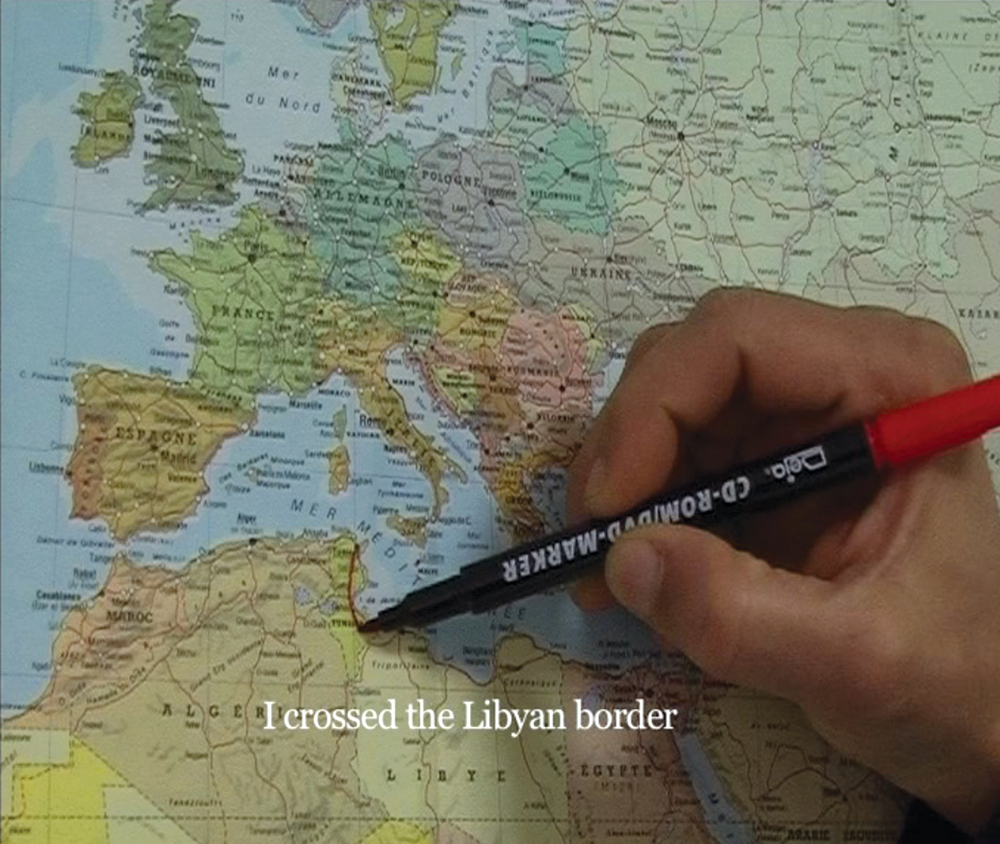
Related Articles
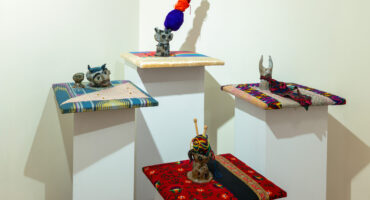 Read more +04 August 2025 By Melis Yilmaz in COMPASS
Read more +04 August 2025 By Melis Yilmaz in COMPASSTextile & Clay: Ancient to Contemporary Testimonies
 Read more +19 February 2025 By Melis Yilmaz in COMPASS
Read more +19 February 2025 By Melis Yilmaz in COMPASSThe Time is Now: How Artists Respond to the Idea of Time
The Art of Travel
The contemporary philosopher Alain De Botton’s book The Art of Travel (2002) considered our compulsion to travel, how it calls to some of our most basic wants – curiosity, inspiration, chance, adventure, whilst also bringing with it potential anxiety. Sometimes the anticipation of a holiday can bring more joy than the reality. The month of August is the height of summer holiday season, when many of us get itchy feet, experience a restlessness, and need to have a break from our usual routine. We turn to look at how and why artists have been impacted by travel in their work, how it can act as a catalyst for new projects, how a shift of viewpoint can breathe life into the creative process. What are the reasons why humans move relentlessly around our planet? As the Roman Stoic philosopher Seneca famously wrote: “travel and change of place impart new vigour to the mind”.

The classic ‘summer holiday’ experience, which began in earnest with cheaper air travel and package holidays from the mid-1960s onwards, was most eloquently captured in Sun and Sea (Marina), which debuted at the Lithuanian Pavilion at the Venice Biennale in 2019 winning the Golden Lion for Best National Participation, and has gone on to be performed across the world. The opera-performance takes place on an artificial beach, the quotidian and often humorous concerns of the characters are presented in stark contrast to the collective, eminent dangers of climate change. The British photographer Martin Parr has made a career from capturing images at seaside resorts and tourist destinations, playfully presenting an alternative vision of ordinary people at leisure or the pursuit of cultural experiences.
Since the earliest of times, groups of people have travelled across large expanses of the globe. Pilgrimage to holy sites such as Mecca in Saudi Arabia, Lourdes in France or Varanasi in India has been a pursuit of thousands–a once in a lifetime experience, and certainly a journey intended to impart ‘vigor to the mind’ as well as an intense strain on the body. Artist Ahmed Mater has spent the last decade documenting Mecca in his Desert of Pharan photography series, illuminating the rapid changes in the urban fabric of the city as it accommodates upwards of three million visitors annually, and speaks of the positive force for change across Saudi Arabia as it opens to mass tourism, as a replacement to its oil economy.

Trade and exploration were other galvanising factors in the pursuit of travel in the past millennium and responsible for the beginnings of cosmopolitan mixing of cultures that is so familiar to us today. The Venetian Marco Polo (1254-1324), a merchant and explorer, documented his travels along the Silk Road (a complex system of trade routes that connected the Mediterranean with the East, named by a German cartographer Ferdinand Richthofen in 1877) in a travelogue, including nearly twenty years he spent living in China. He brought knowledge of woodblock printing back to Italy from China, as others exchanged techniques and materials to aid the production of porcelain.


Utagawa Hiroshige immortalised his 1832 trip along the Tōkaidō, the most important and heavily travelled of the five major routes across Japan. He created more than twenty series of Fifty-Three Stations along the Tōkaidō, featuring designs of the lively activities and magnificent landscapes he witnessed and reimagined in his prints, which gave people throughout Japan access to images of sights and events that most had not experienced.


As a result of travel, artists skills and subject matter can develop in startling ways. Take Albrecht Dürer (1471-1528) who was greatly influenced by visiting Italy, in how he manipulated illusionistic space, proportion, perspective and his use of colour and light.
Artists were often invited to spend time in foreign courts, an early form of royal patronage and diplomacy, such as Hans Holbein in the court of Henry VIII and later Peter Paul Rubens with Charles I, each resulting in a flurry of significant artistic commissions, mostly portraiture but also significant large-scale productions such as Ruben’s ceiling of Banqueting House, Whitehall. Artists today travel for residencies the world over, which often play a crucial role in their development. Highly sought after and with tough funding application procedures, they do offer artists the chance to travel, to work outside their usual environment, often with access to special equipment and mentorship.
In Europe from the late sixteenth century, artists were among the aristocrats who embarked on the ‘Grand Tour’–travelling across Italy and Greece to learn from classical antiquity. JMW Turner was one such artist, his sketchbook Route to Rome (1819) is illuminating on the influence Italian masters such as Titian and Tintoretto had on him, especially in their use of colour. They also record practical concerns such as accommodation, budgets and navigation.
Today increasingly so, travel is forced on those seeking political exile and asylum. Artists are responding to this in complex ways. This year’s Venice Biennale had as its theme Foreigners Everywhere (see previous review), and one noteworthy piece was the closing chapter of Bouchra Khalili’s The Mapping Journey Project. Developed over several iterations during the past decade, videos with voiceovers of interviews Khalili has conducted with migrants, show large paper maps with felt-tips marking the absurd round-about routes they had been forced to make in their attempt to find safe passage. This time, Khalili chooses to translate the journeys through constellations of stars as silkscreen prints, making the connection between cartography and astronomy, just as they did in classical times. As we plan our holiday itineraries and look up at the stars, we must remember we are following in many footsteps traversing the globe, for leisure, exploration, security, sanctuary, spiritual enlightenment, or simply creative motivation.


Related Articles
 Read more +04 August 2025 By Melis Yilmaz in COMPASS
Read more +04 August 2025 By Melis Yilmaz in COMPASSTextile & Clay: Ancient to Contemporary Testimonies
 Read more +19 February 2025 By Melis Yilmaz in COMPASS
Read more +19 February 2025 By Melis Yilmaz in COMPASSThe Time is Now: How Artists Respond to the Idea of Time
The Magazine
Recent Posts
-

A Practice of Resistance: Elif Uras’s Earth in their Hands
Solo Exhibition at Galerist, Istanbul 16 Sept t... -

Textile & Clay: Ancient to Contemporary Testimonies
.... -

Embroidery and Existence: Majd Abdel Hamid on Art and Identity
... -

Material Witnesses Commissions: Afsoon
... -

Material Witnesses Commissions: Lydia Delikoura
...
WANT TO STAY UPDATED WITH ITERARTE LATEST ACTIVITES AND NEWS?
Sign up to our newsletter to be one of the first people to access our new art, learn all about our latest launches, and receive invites to our exclusive online and offline art events.

